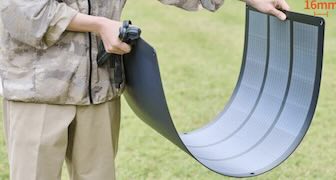TOKYO, Oct 12 (UPI) - Japan on Tuesday became the first country in Asia to receive Internet access from the Starlink satellite system from the SpaceX company controlled by Tesla founder Elon Musk.
Starlink is led by SpaceX, which envisions the system as part of a constellation of satellites that would deliver broadband Internet across the globe.
A service map from Starlink shows most of central and northern Japan is now covered by the technology, including Tokyo. The rest of the country could see full coverage by the fourth quarter. South Korea, to Japan's west, is expected to get service early next year, the Bloomberg news agency reported.
SpaceX broke its annual record with the completion of its 32nd successful launch in 2022 after sending 46 of its Starlink satellites to orbit in July. It completed 31 successful launches in all of 2021. ...continue reading















